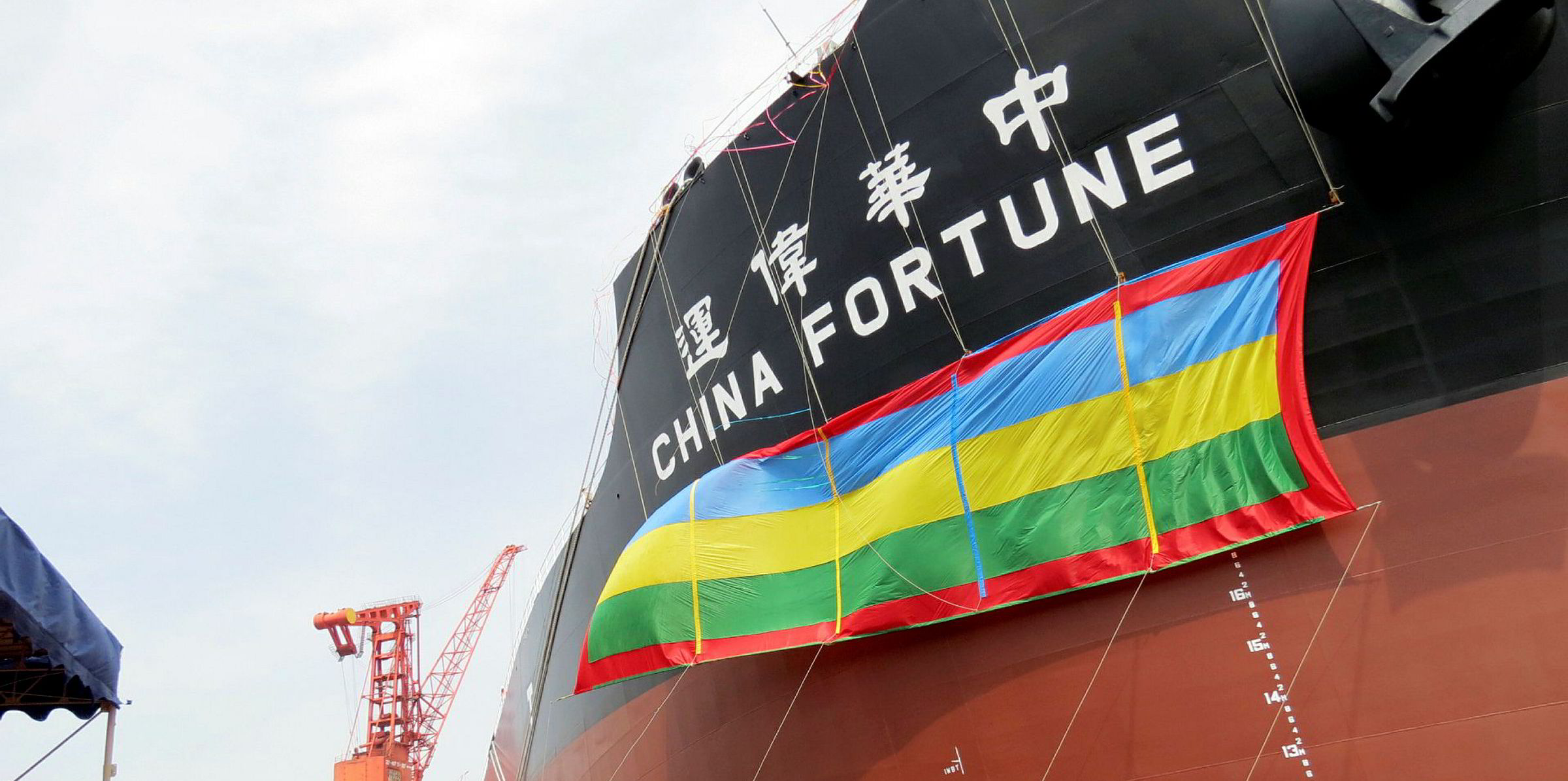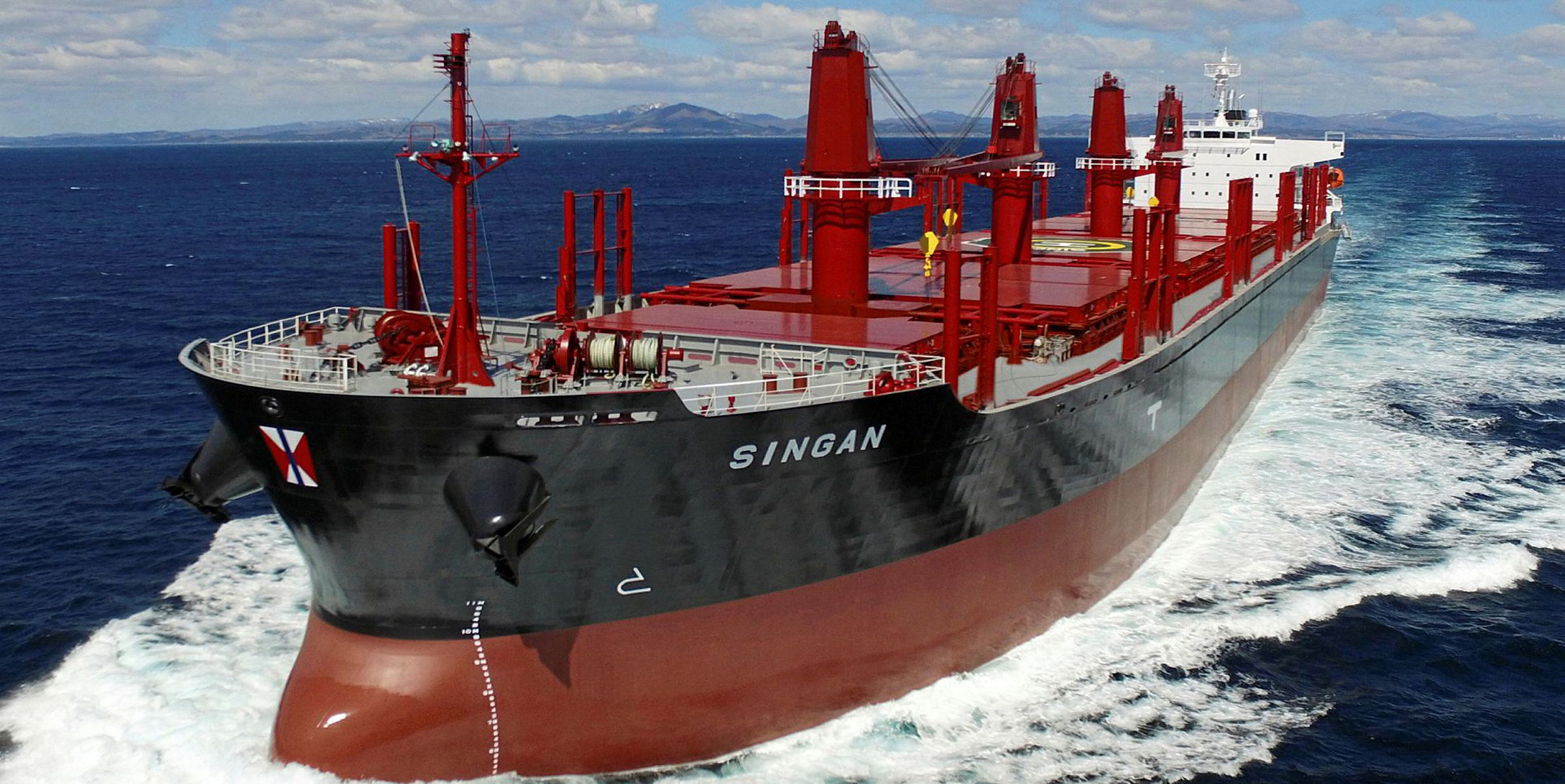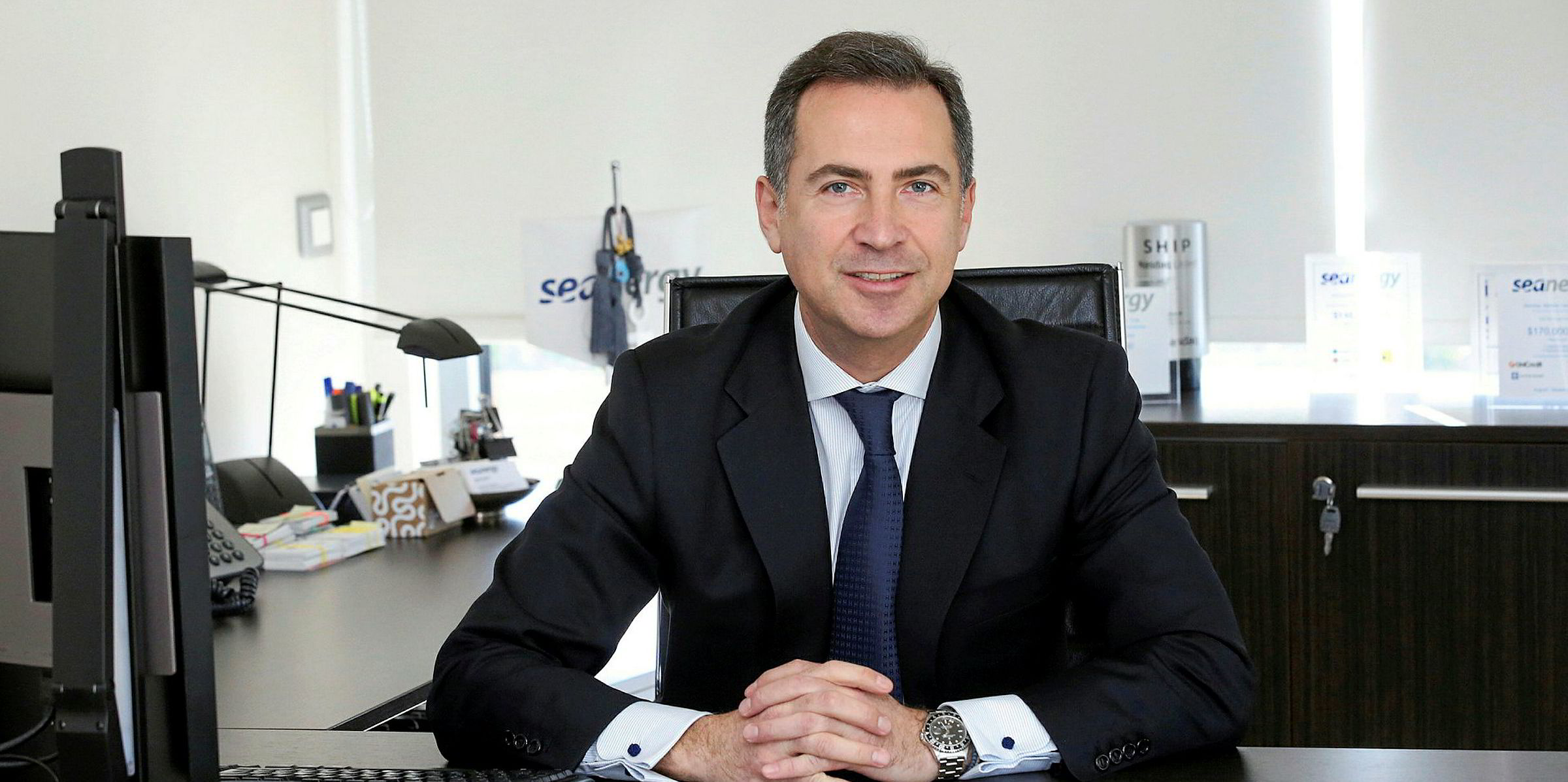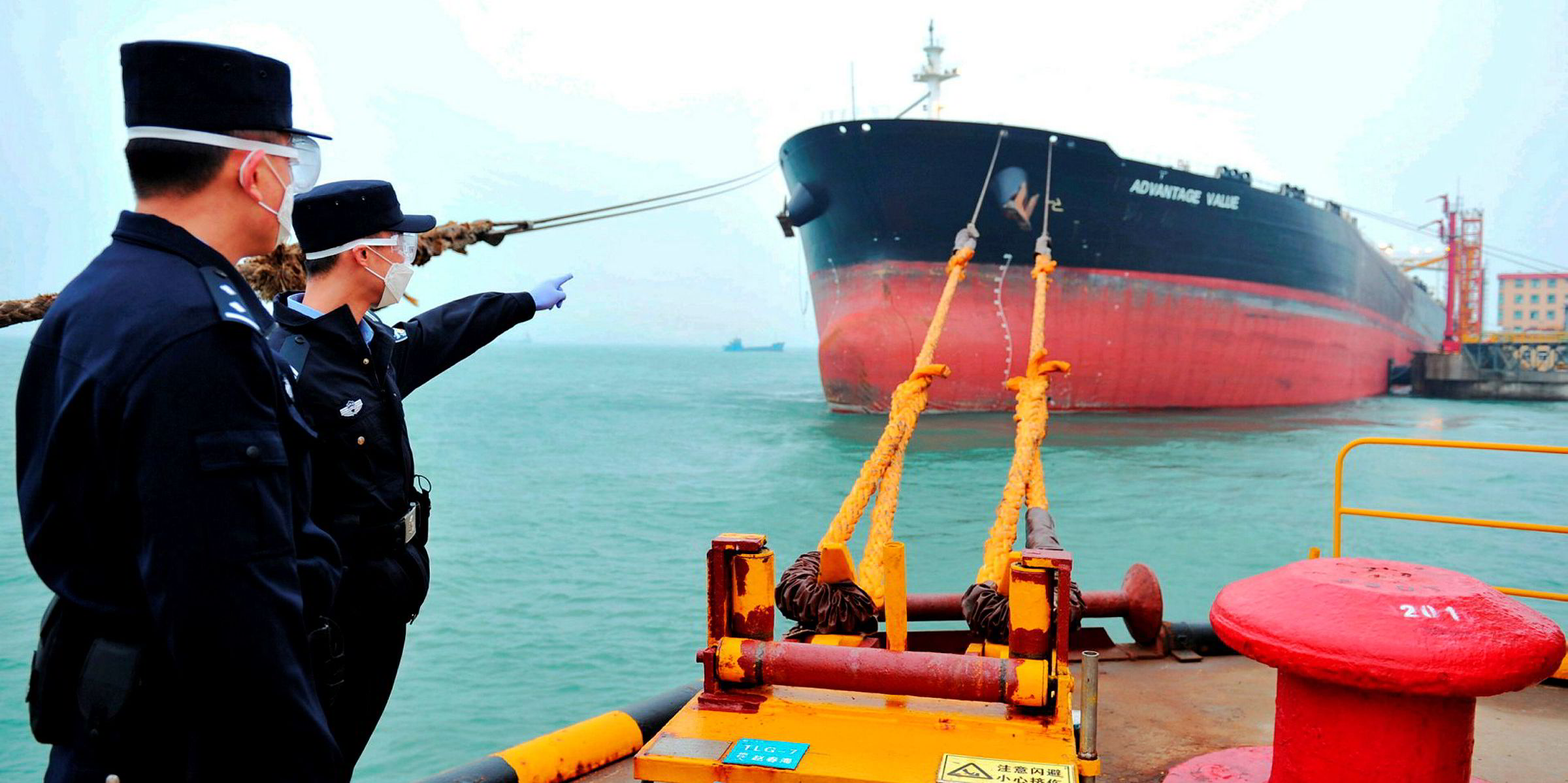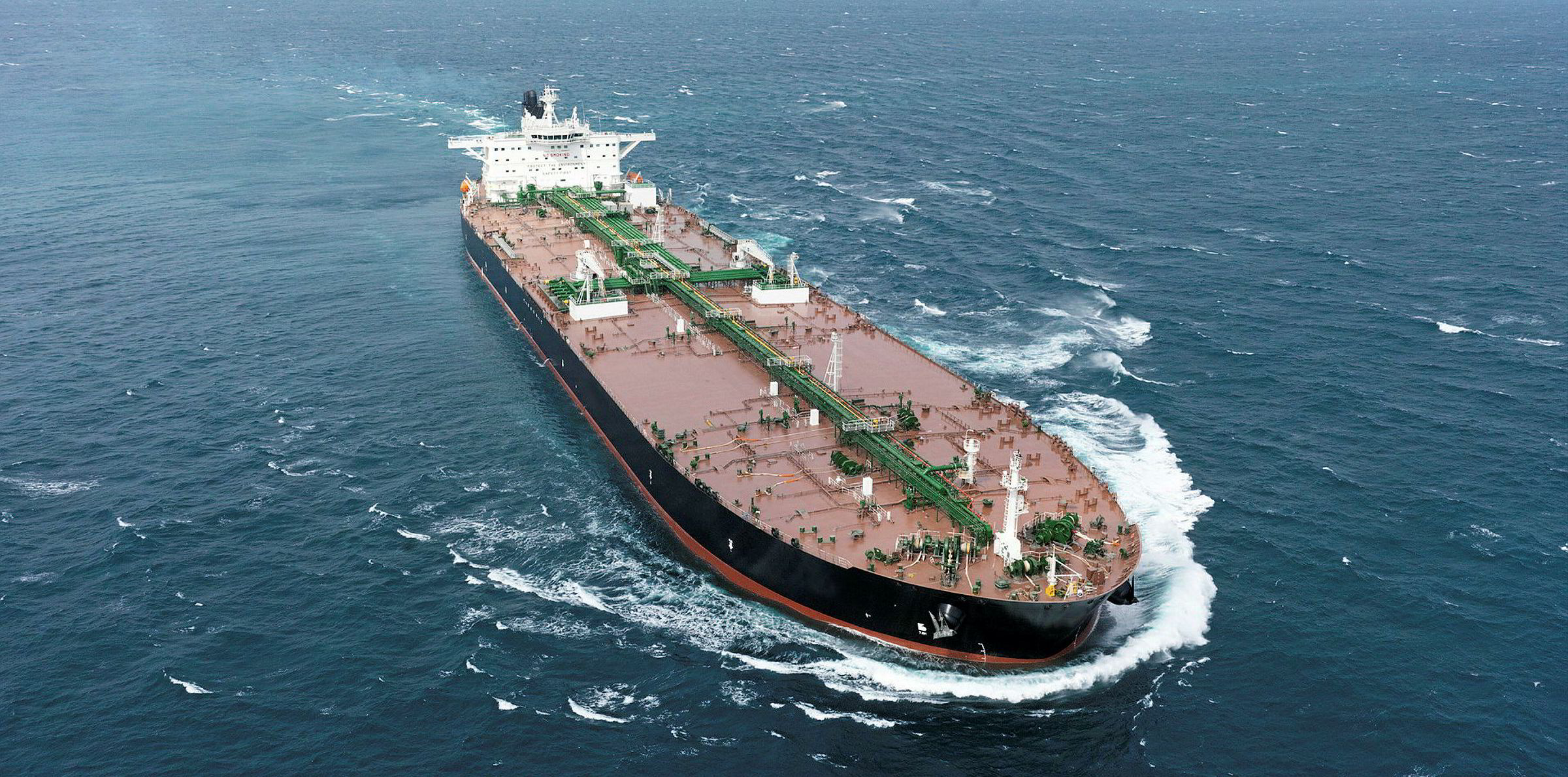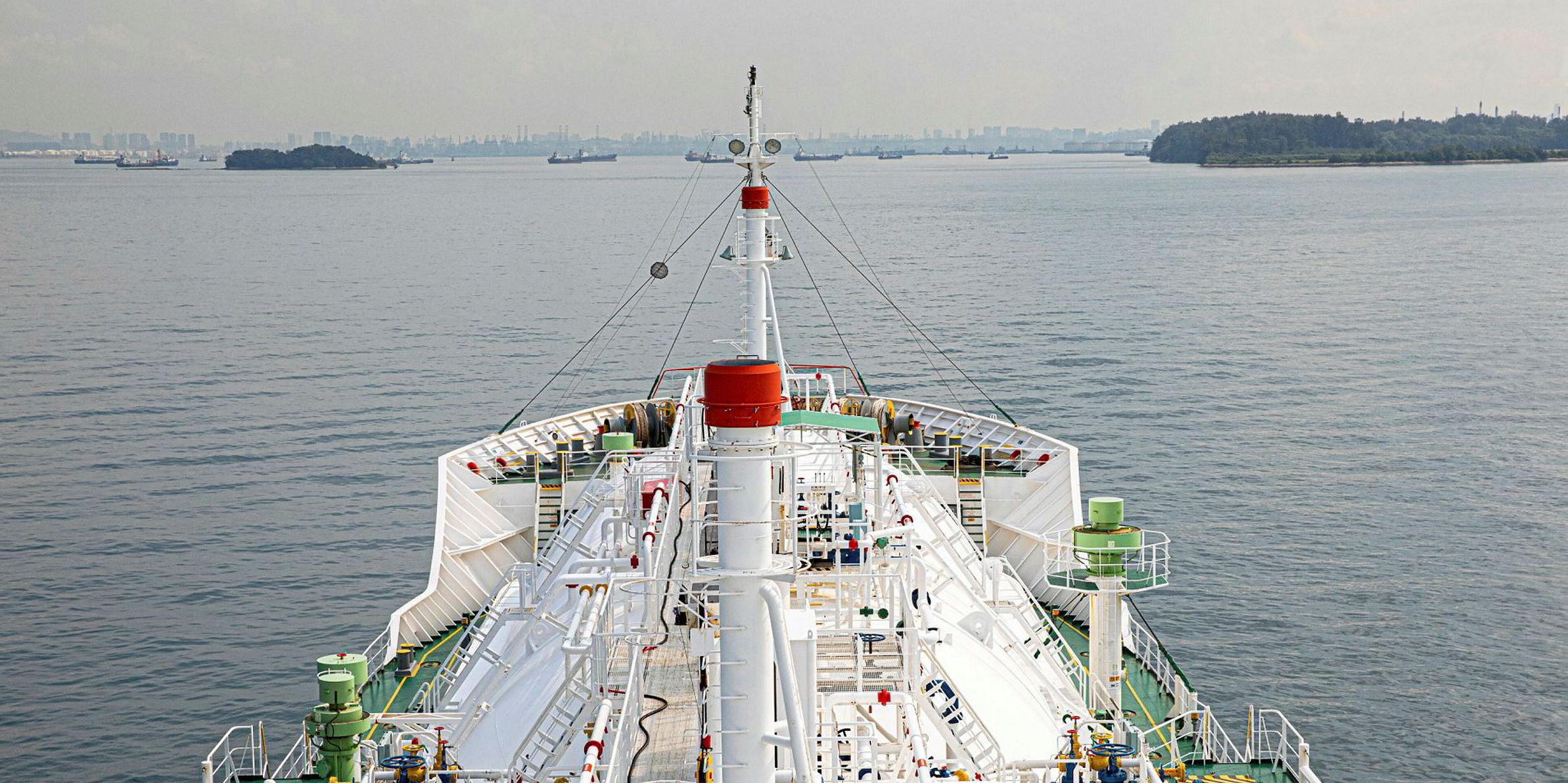Oil and gas shipping has fallen out of favour at Cleaves Securities, with the firm tipping bulkers as shipping's growth sector.
In its second quarter review, the Norwegian investment bank reiterated its pessimistic view for tankers, LNG carriers and LPG vessels in the short term.
But head of research Joakim Hannisdahl said: "After two Black Swan events represented by Vale's dam collapse in January 2019 and now the Covid-19 outbreak, we believe the time is finally here for a substantial recovery in dry bulk fortunes."
A base case for recovery is playing out before our eyes, he added, with very strong Chinese demand as the economy normalises and authorities add fiscal stimuli.
Chinese steel production reached a new all-time-high in May, and inventories of steel and iron ore have fallen rapidly, the report said.
"With Brazil finally ramping up iron ore exports from early June, earnings have surged," the bank added.
Cleaves believes the second half of 2020 could be very strong, and it is forecasting consecutive annual gains at least until 2023.
Top pick with big gains predicted
"The segment remains our top pick within our shipping universe, and we believe our share index could rally a massive 182% over the next year and 275% over two years," Hannisdahl added.
Net bulker fleet supply growth was 2.1% in the second quarter, compared to the first, with 14.1m dwt delivered and 3.3m dwt scrapped.
New orders were a "very low" 3.2m dwt, with the global orderbook falling 1.4% to reach 7.4% of the worldwide fleet.
This is the lowest level since April 2002, it said, and well below the historical average of 25%.
Vessels returning from retrofits mean a 4.6% growth in capacity this year, however, the highest since the second period of 2013.
But Cleaves still sees dry bulk demand outpacing this fleet growth.
The firm has revised capesize asset values upwards, with resales $1m higher at $50m, compared to an unchanged newbuilding cost of $48m.
Values for five-year-old and 10-year-old vessels have been assessed $3m higher at $30m and $19m.
Other bulker sizes were left unchanged or moved down slightly.
Capesizes the size to watch
The positive read on the sector echoed by VesselsValue, which views capesizes as having the best prospects for short-term gains.
"We've just passed the mid-point in what's been a very unique year," the valuation firm said.
"Uncertainties surrounding the coronavirus outbreak, the trade war and volatility in oil prices are governing business decisions being made in 2020."
VesselsValue added that Vale has reiterated its production guidance for the year, confident that volumes will return.
"The uptick of Brazilian export volumes into China resulted in the increased freight rates throughout June," the company said.
"With very few orders over the last couple of years and with only a handful having taken place in this year there is declining tonnage supply."
From June onwards, VesselsValue expects a tighter market balance due to the return of Brazilian iron ore volumes and Indian coal demand.
The stimulus package in China and reopening of economic activity in many countries will give further support to a rebound of dry bulk freight rates and hence values, the firm said.
Tankers downgraded but hope ahead
The latest move by Cleaves comes after it downgraded the booming tanker sector to hold in early April, and then to sell in May as the oil contango collapsed.
The firm is bullish for 2022 and beyond, however, predicting its tanker share index to gain 237% by 2024.
"We do however argue that it is too early to discount this into share prices at present, and believe another -15% on asset prices amidst weak earnings over the next year means mid-2021 could be the inflection point with our share index 21% lower than today," Cleaves said.
Tanker supply growth was 1.2% in the second three months, compared to the first, with 4.8m dwt of vessels delivered and only 100,000 dwt scrapped.
Cleaves views new orders of only 4.9m dwt as "very positive" despite a "red hot market".
The orderbook is unchanged at 8.4% of the fleet, the lowest since January 1997.
Ship use was 94.4% in the period, the highest second quarter utilisation since 2008.
Cleaves is forecasting demand to contract 5.5% in 2021 due to lower oil supply and destocking of inventories.
"However we forecast a massive 9.9% demand growth in 2022 as oil supply increases rapidly against the destocking cycle, potentially ending towards the end of 2021," it added.
A second wave of Covid-19 could change all this, however, prolonging storage deals which have 9% of the fleet tied up now.
Lowest levels since 2008
Turning to LNG carriers, Cleaves said the sector is not escaping the ramifications of the global energy oversupply, with regional price differentials having hovered around their lowest level since 2008 for months.
It said: "With 77% of new liquefaction capacity initially planned for 2023 now postponed, we are eyeing 2024 before we see a meaningful recovery for LNG carriers. Some shares are nevertheless undervalued."
The LPG carrier sector saw use, earnings and share price drop significantly in the second quarter.
"With limited regional price differentials on LPG from low global energy prices, and with US LPG exports expected -15% year on year in 2021, we look towards 2022E for a recovery in fortunes for VLGC owners," Hannisdahl said.
"Most share prices do however reflect this gloomy outlook already, and we see our VLGC share index close to unchanged over the next year."
